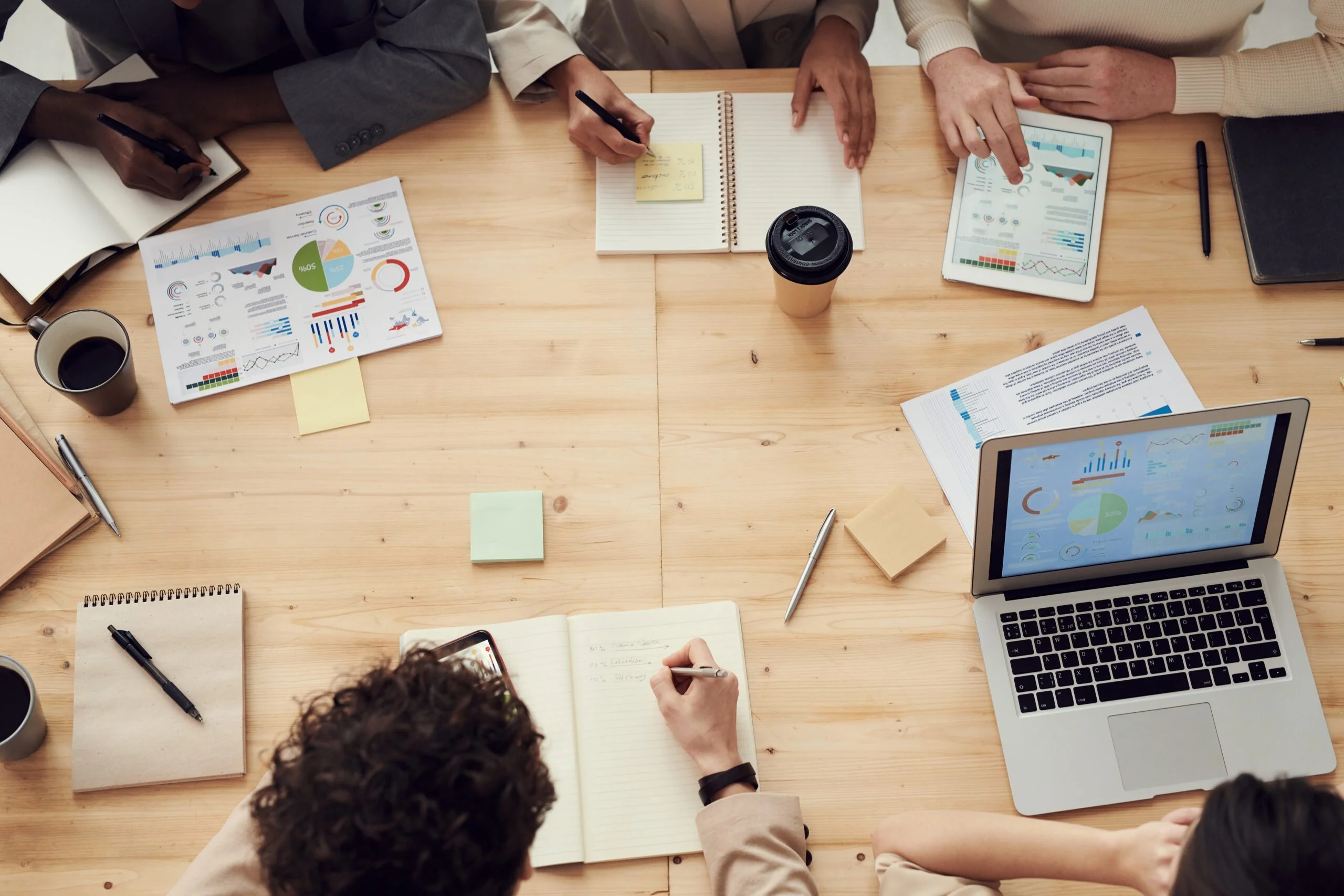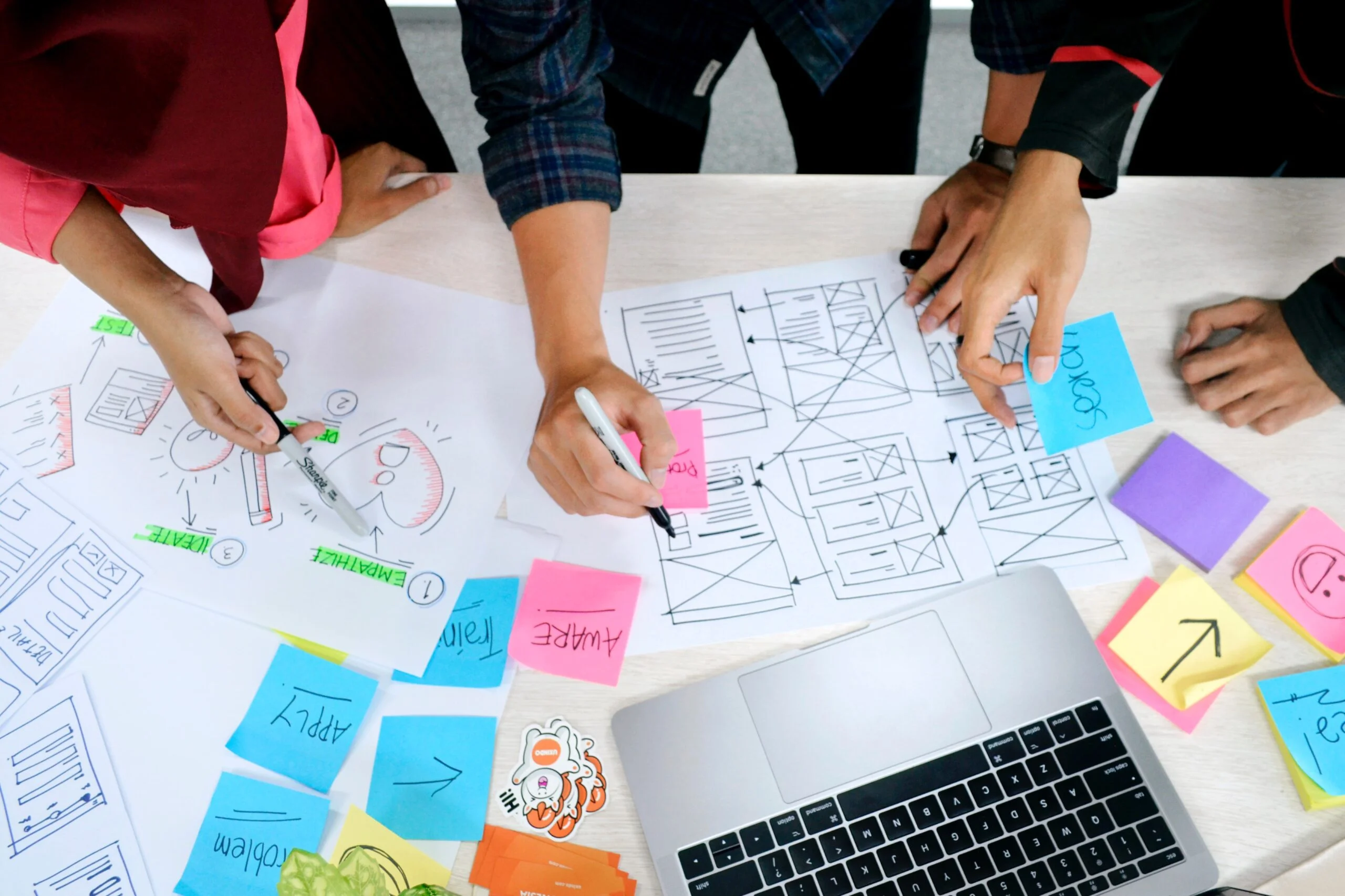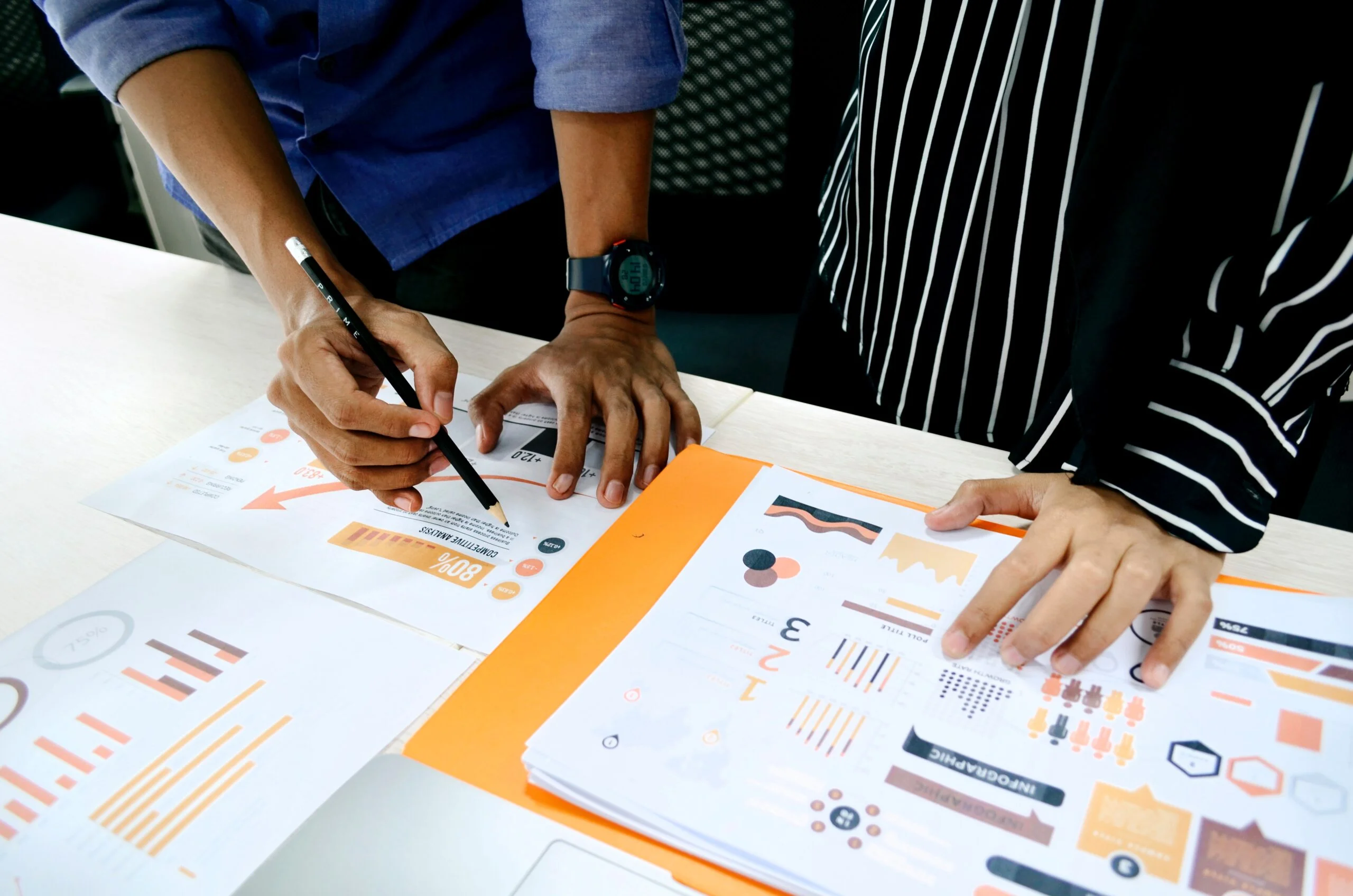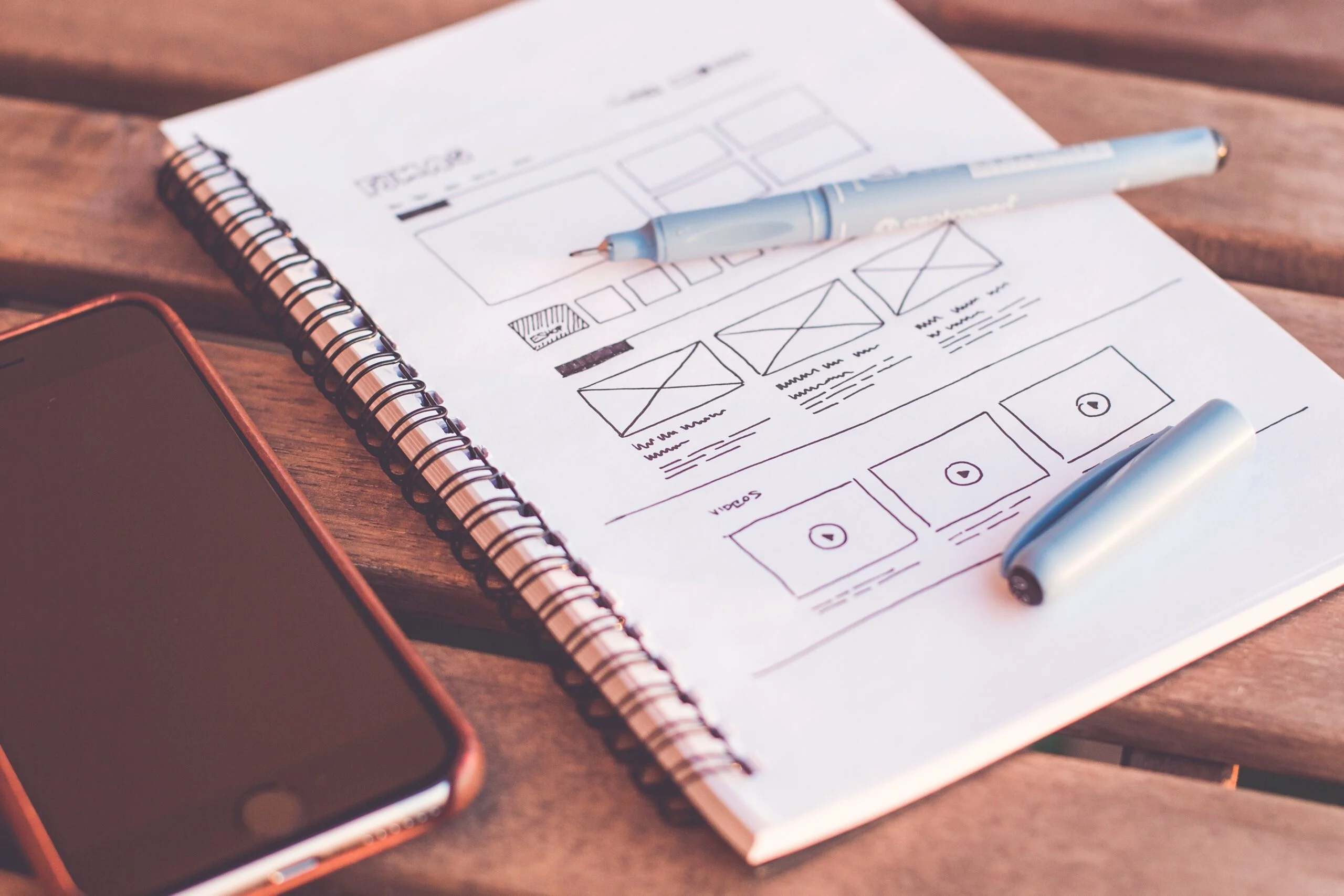Taking a product (a physical device, an app, a website) from a mere idea to reality is what a User Experience (UX) designer does best. Every new product needs to follow a set of specific steps in order to make it to the market. This process is called the Product Development Lifecycle.
Here is what I will cover in this blog:
- The 5 stages of Product Development Lifecycle
- Stage 1: Brainstorm
- Stage 2: Define
- Stage 3: Design
- Stage 4: Test
- Stage 5: Launch
- In a nutshell
OK, let’s jump in!
The 5 Stages of Product Development Lifecycle
The Product Development Lifecycle has 5 stages:
- Brainstorm
- Define
- Design
- Test
- Launch
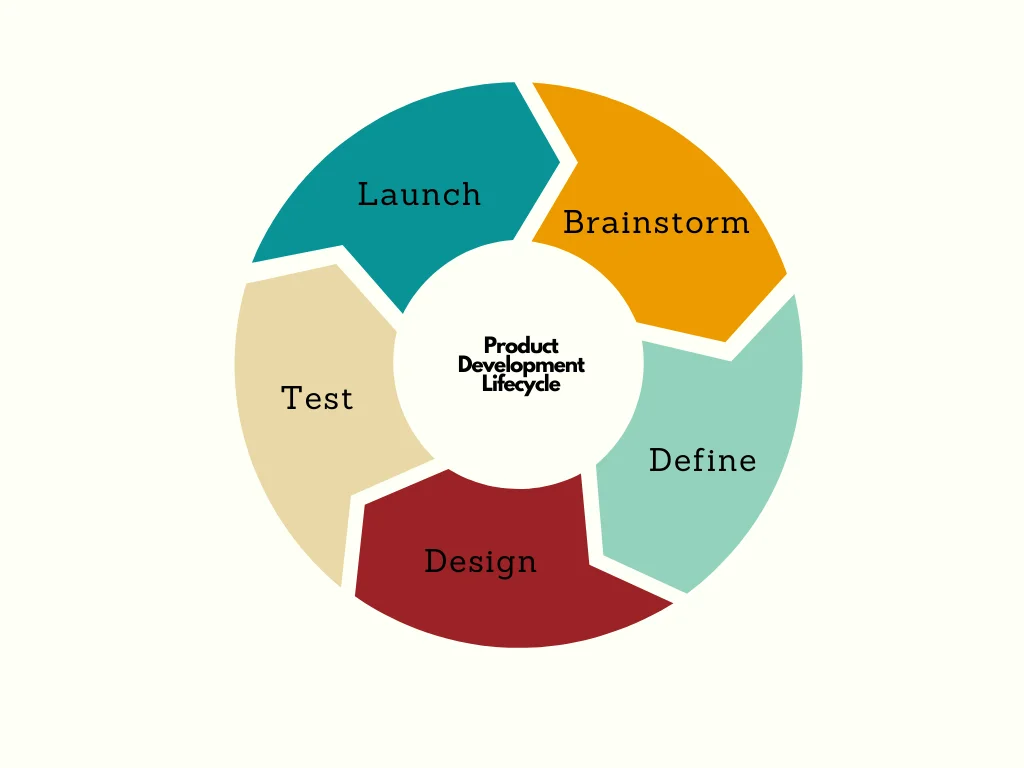
Although these steps are generally thought to be linear, in reality, they rarely are. Some of these steps might need to be repeated. One might even jump back and forth between them. The Product Development Lifecycle is a derivation of the Design Thinking process. When done correctly, the lifecycle can help create a truly innovative and useful product.
Stage 1: Brainstorm
The first stage of the product development lifecycle is the Brainstorm stage. This is when the design team starts thinking of a product idea. It is an active discovery phase that is all about trying to identify a driving question that inspires the team to search for creative solutions. Your team might already be aware of a particular user problem it is trying to solve. If not, inspire innovative thinking by trying to discover what people really need.
During this stage, the team generates several ideas to solve a problem. It tries to understand the user requirements, pain points, and challenges. UX researchers and writers play an important role in this phase.
This stage is also a good time to analyse competitive or similar products in the market. The team’s goal should be to create a product that fills a market gap and solves a problem that the existing products do not.
A diverse team that has meaningful diversity identifiers like gender, race, ethnicity, age, abilities etc. is more effective at brainstorming because different people have different lived experiences.
Let’s ponder over the following example. Your team is designing a new app to help working parents/guardians. During the brainstorming stage, your team might start by listing common problems faced by your target audience: trouble managing schedules, lack of good childcare facilities etc. The team might also review user feedback on existing apps and might conduct user surveys and interviews to get a deeper insight into the problem. After your team has brainstormed a lot of user problems, your team chooses one and starts coming up with various solutions to that problem.
BRAINSTORM - Summary | |
Steps | Deliverables |
|
|
Stage 2: Define
The second stage of the product development lifecycle is the Define stage, which brings together UX designers, UX researchers, product leads and program managers. The goal of this stage is to narrow the focus of your idea and think of product specifications by trying to answer the following questions:
- Who is the product for?
- What will the product do?
- What features to include to create a successful product?
It is important to understand that a single product cannot solve all user problems, and hence the team should try to spotlight one idea.
Learn more about UX research and where it fits in the product development lifecycle:
Continuing with the example of the app for helping working parents/guardians, your app should focus either on helping them find reliable childcare or managing their schedules and not both.
DEFINE - Summary | |
Steps | Deliverables |
|
|
Stage 3: Design
The third stage of the product development lifecycle is Design. In this stage, UX designers begin to actively develop ideas for the product. They also check that all specifications from the Define stage are realistic. UX designers and UX writers create wireframes (outlines or sketches of the product) and prototypes (early models of the product to convey functionality).
At this point, UX designers ensure that all product specifications outlined in the Define phase are included, and every part of the design fits together intuitively.
For instance, UX designers might check that the screens of an app flow are easy for the user to understand. Or that every interaction, like swiping on the screen, or tapping a button has a correlation action. In the case of a physical device, UX designers might check that one piece of a physical object matches the connecting piece.
DESIGN - Summary | |
Steps | Deliverables |
|
|
Stage 4: Test
The fourth stage is Test. In this stage, UX designers and engineers develop functional prototypes to match the original design. Details and features that are in line with the company’s brand (font and colour choices) are considered at this stage.
A functioning prototype of the design can also be tested using tools like Figma and Adobe XD if early testing is desired.
The designs go through 3 stages of testing:
- Internal tests: The team tests the product internally to look for technical bugs and potential usability problems. This is often referred to as Alpha Testing.
- Review with stakeholders: The product undergoes a test with stakeholders to ensure it is in line with the company’s goals and meets the legal guidelines for accessibility and privacy.
- External tests: External tests with potential users provide an opportunity to ensure that the product provides a good user experience, meaning it is usable, equitable, enjoyable and useful. This is often referred to as Beta Testing.
It is crucial to note that the product development lifecycle is not a completely linear process. UX designers might need to make adjustments or sometimes even create a new version of the design if users are frustrated or confused with the product at the Testing stage. The designs need to be tested till the user is satisfied. Your team might oscillate between the design and testing phase several times before the product is ready to launch.
TEST - Summary | |
Steps | Deliverables |
|
|
Stage 5: Launch
The fifth and final stage of the product development lifecycle is Launch. Your product is now ready to be released into the world! This might be listing the app on Google Play Store or Apple’s App Store, making a website go live, or putting a physical product on store shelves.
At this stage, marketing professionals start promoting the product. Program managers meet with the cross-functional team to reflect on the entire product development lifecycle and ponder over questions like:
- What worked?
- What could be improved?
- Were goals achieved?
- Were deadlines met?
A UX designer’s job might not be finished yet. They might still identify opportunities to improve the product based on user feedback. This could potentially involve going back to the Design and Testing phases to create a better and enhanced version of the product.
LAUNCH - Summary | |
Steps | Deliverables |
|
|
In a nutshell
As we have seen, the structure of the product development lifecycle creates an intuitive flow from an idea to launch. Everywhere you look, you’ll find products of all kinds: physical, digital, big or small. All of them have gone through this very process. Actively considering user experiences produces certain insights, which help the design teams to brainstorm solutions. Assumptions about what is essential to a product’s success are analysed and tested with prototypes. The Product Development Lifecycle helps counteract human biases while putting user needs on top. By supplying a structure to the innovative design process, the product development lifecycle helps teams collaborate and agree upon what is crucial at every stage to create a successful product.
